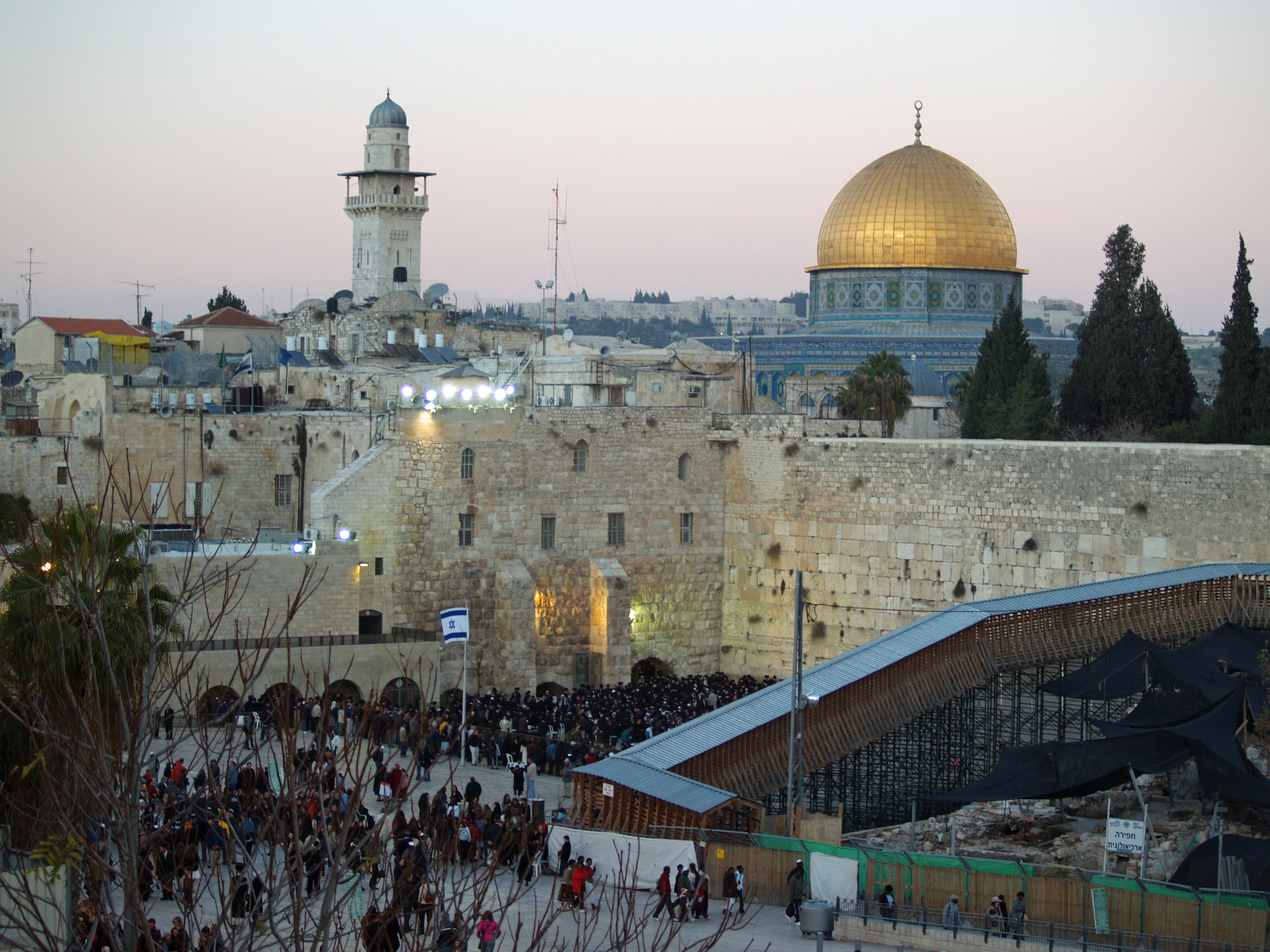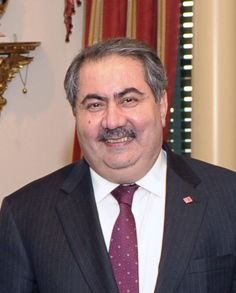|
Noruz
Nowruz ( fa, نوروز, ; ), zh, 诺鲁孜节, ug, نەۋروز, ka, ნოვრუზ, ku, Newroz, he, נורוז, kk, Наурыз, ky, Нооруз, mn, Наурыз, ur, نوروز, tg, Наврӯз, tr, Nevruz, tk, Nowruz, uz, Navro'z is the Persian-language term for the day of the Iranian New Year, also known as the Persian New Year. It begins on the spring equinox and marks the beginning of Farvardin, the first month of the Solar Hijri calendar (an Iranian calendar used officially in Iran and Afghanistan). The day is celebrated worldwide by various ethnolinguistic groups and falls on or around the date of 21 March on the Gregorian calendar. The day of Nowruz has its origins in the Iranian religion of Zoroastrianism and is thus rooted in the traditions of the Iranian peoples; however, it has been celebrated by diverse communities for over 3,000 years in Western Asia, Central Asia, the Caucasus, the Black Sea Basin, the Balkans, and South Asia. Presently, ... [...More Info...] [...Related Items...] OR: [Wikipedia] [Google] [Baidu] |
Haft-sin
Haftsin ( fa, هفتسین) is an arrangement of seven symbolic items whose names start with the letter "س" (pronounced as "seen"), the 15th letter in the Persian alphabet; "haft" (هفت) is Persian for "seven". It is traditionally displayed at Nowruz, the Iranian New Year, which is celebrated on the day of the vernal equinox, marking the beginning of spring in the Northern Hemisphere. Items of Haft-seen The following are the primary items of Haft-sin, whose Persian names begin with the letter ''sin'' in the Persian alphabet. # () – wheat, barley, mung bean, or lentil sprouts grown in a dish. # () – wheat germ sweet pudding. # () – Oleaster # () – vinegar. # () – apple. # () – garlic. Coins (سکه ''sekke''), hyacinth (سنبل ''sombol''), and clock (ساعت ''suat'' also pronounced so-at) are sometimes included too. Other symbolic items that are typically used to accompany Haft-sin include a mirror, candles, painted eggs, goldfish, and tradition ... [...More Info...] [...Related Items...] OR: [Wikipedia] [Google] [Baidu] |
Kurds
ug:كۇردلار Kurds ( ku, کورد ,Kurd, italic=yes, rtl=yes) or Kurdish people are an Iranian ethnic group native to the mountainous region of Kurdistan in Western Asia, which spans southeastern Turkey, northwestern Iran, northern Iraq, and northern Syria. There are exclaves of Kurds in Central Anatolia, Khorasan, and the Caucasus, as well as significant Kurdish diaspora communities in the cities of western Turkey (in particular Istanbul) and Western Europe (primarily in Germany). The Kurdish population is estimated to be between 30 and 45 million. Kurds speak the Kurdish languages and the Zaza–Gorani languages, which belong to the Western Iranian branch of the Iranian languages. After World War I and the defeat of the Ottoman Empire, the victorious Western allies made provision for a Kurdish state in the 1920 Treaty of Sèvres. However, that promise was broken three years later, when the Treaty of Lausanne set the boundaries of modern Turkey and made no s ... [...More Info...] [...Related Items...] OR: [Wikipedia] [Google] [Baidu] |
Turkic Peoples
The Turkic peoples are a collection of diverse ethnic groups of West, Central, East, and North Asia as well as parts of Europe, who speak Turkic languages.. "Turkic peoples, any of various peoples whose members speak languages belonging to the Turkic subfamily...". "The Turkic peoples represent a diverse collection of ethnic groups defined by the Turkic languages." According to historians and linguists, the Proto-Turkic language originated in Central-East Asia region, potentially in Mongolia or Tuva. Initially, Proto-Turkic speakers were potentially both hunter-gatherers and farmers, but later became nomadic pastoralists. Early and medieval Turkic groups exhibited a wide range of both East Asian and West-Eurasian physical appearances and genetic origins, in part through long-term contact with neighboring peoples such as Iranian, Mongolic, Tocharians, Yeniseian people, and others."Some DNA tests point to the Iranian connections of the Ashina and Ashide,133 highlighti ... [...More Info...] [...Related Items...] OR: [Wikipedia] [Google] [Baidu] |
Pashtuns
Pashtuns (, , ; ps, پښتانه, ), also known as Pakhtuns or Pathans, are an Iranian ethnic group who are native to the geographic region of Pashtunistan in the present-day countries of Afghanistan and Pakistan. They were historically referred to as Afghans () or xbc, αβγανο () until the 1970s, when the term's meaning officially evolved into that of a demonym for all residents of Afghanistan, including those outside of the Pashtun ethnicity. The group's native language is Pashto, an Iranian language in the Indo-Iranian branch of the Indo-European language family. Additionally, Dari Persian serves as the second language of Pashtuns in Afghanistan while those in the Indian subcontinent speak Urdu and Hindi (see Hindustani language) as their second language. Pashtuns are the 26th-largest ethnic group in the world, and the largest segmentary lineage society; there are an estimated 350–400 Pashtun tribes and clans with a variety of origin theories. The total popul ... [...More Info...] [...Related Items...] OR: [Wikipedia] [Google] [Baidu] |
Baloch People
The Baloch or Baluch ( bal, بلۏچ, Balòc) are an Iranian peoples, Iranian people who live mainly in the Balochistan region, located at the southeasternmost edge of the Iranian plateau, encompassing the countries of Pakistan, Iran, and Afghanistan. There are also Baloch diaspora communities in neighbouring regions, including in India, Turkmenistan, and the Arabian Peninsula. The Baloch people mainly speak Balochi language, Balochi, a Western Iranian languages, Northwestern Iranian language, despite their contrasting location on the southeastern side of the Greater Iran, Persosphere. The majority of Baloch reside within Pakistan. About 50% of the total ethnic Baloch population live in the Pakistani province of Balochistan, Pakistan, Balochistan, while 40% are settled in Sindh and a significant albeit smaller number reside in Punjab, Pakistan, Pakistani Punjab. They make up nearly 3.6% of Pakistan's total population, and around 2% of the populations of both Iran and Afghanista ... [...More Info...] [...Related Items...] OR: [Wikipedia] [Google] [Baidu] |
Bayan-Ölgii Province
Bayan-Ölgii ( mn, Баян-Өлгий, ; xal, Байн-Өлгий, ; kk, Бай-Өлке / Bai-Ölke, ; "Rich region") is the westernmost of the 21 aimags (provinces) of Mongolia. The country's only Muslim and Kazakh-majority aimag, it was established in August 1940. Its capital is Ölgii. Geography The aimag is located in the extreme west of the country, and shares borders with both Russia and China. The border between the two neighbouring countries is very short here, though, and ends after about 40 km at the eastern end of Kazakhstan. Within Mongolia, the neighbouring aimags are Uvs in the north east and Khovd in the south east. Bayan-Ölgii is the highest Mongolian aimag. For the most part it is located in the Mongolian Altay, at the transition point to the Russian Altay. About 10% of the territory is covered by forests, consisting primarily of Siberian Larch. The Nairamdal Peak (also ''Friendship Peak'', Chinese: ''Youyi Feng'') of the Altai Tavan Bogd (''f ... [...More Info...] [...Related Items...] OR: [Wikipedia] [Google] [Baidu] |
Iranian Jews
Persian Jews or Iranian Jews ( fa, یهودیان ایرانی, ''yahudiān-e-Irāni''; he, יהודים פרסים ''Yəhūdīm Parsīm'') are the descendants of Jews who were historically associated with the Persian Empire, whose successor state is Iran. The biblical books of Esther, Isaiah, Daniel, Ezra, and Nehemiah contain references to the lives and experiences of Jews who lived in Persia. Dating back to biblical times, Iranian Jews constitute one of the world's oldest and most historically significant Jewish communities. Jews have had a continuous presence in Iran since the time of Cyrus the Great of the Achaemenid Empire. Cyrus invaded Babylon and freed the Jews from the Babylonian captivity. Today, the vast majority of Persian Jews live in Israel and the United States, especially in Los Angeles, Beverly Hills, and on the North Shore of Long Island. There are smaller Persian Jewish communities in Baltimore, Maryland and the Twin Cities. According to the latest Iran ... [...More Info...] [...Related Items...] OR: [Wikipedia] [Google] [Baidu] |
Religion In Israel
Religion in Israel is manifested primarily in Judaism, the ethnic religion of the Jewish people. The State of Israel declares itself as a "Jewish and democratic state" and is the only country in the world with a Jewish-majority population (see Jewish state). Other faiths in the country include Islam (predominantly Sunni), Christianity (mostly Melkite and Orthodox) and the religion of the Druze people. Religion plays a central role in national and civil life, and almost all Israeli citizens are automatically registered as members of the state's 14 official religious communities, which exercise control over several matters of personal status, especially marriage. These recognized communities are Orthodox Judaism (administered by the Chief Rabbinate), Islam, the Druze faith, the Roman, Armenian Catholic, Maronite, Greek Catholic, Syriac Catholic, Chaldean, Greek Orthodox, Syriac Orthodox, Armenian Apostolic and Anglican churches, and the Baháʼí Faith. The religious affili ... [...More Info...] [...Related Items...] OR: [Wikipedia] [Google] [Baidu] |
Ministry Of Foreign Affairs (Iraq)
Ministry of Foreign Affairs of the Republic of Iraq is a cabinet ministry of Iraq, responsible for conducting foreign relations of the country. Organisation Iraq maintains 86 Diplomatic missions worldwide. List of ministers The following is a list of foreign ministers of Iraq since 1924: Kingdom of Iraq (1921–1958) *1924–1930: the prime ministers *1930–1931: Abdullah Bey al-Damluji *1931–1932: Jaafar al-Askari *1932–1933: Abdul Qadir Rashid *1933–1934: Nuri al-Said *1934: Abdullah Bey al-Damluji *1934: Tawfiq al-Suwaidi *1934–1936: Nuri al-Said *1936–1937: Naji al-Asil *1937–1938: Tawfiq al-Suwaidi *1938–1939: Nuri al-Said *1939–1940: Ali Jawdat al-Aiyubi *1940–1941: Nuri al-Said *1941: Ali Mahmud al-Shaykh *1941: Taha al-Hashimi *1941: Tawfiq al-Suwaidi *1941: Musa al-Shahbander *1941: Ali Jawdat al-Aiyubi *1941–1942: Sayyid Salih Jabr *1942: Abdullah Bey al-Damluji *1942: Dawood Al-Haidari *1942: Nuri al-Said *1942–1943: Abdul Ilah al-Hafiz * ... [...More Info...] [...Related Items...] OR: [Wikipedia] [Google] [Baidu] |
Iraqi Turkmens
The Iraqi Turkmens (also spelled as Turkoman and Turcoman; tr, Irak Türkmenleri), also referred to as Iraqi Turks, Turkish-Iraqis, the Turkish minority in Iraq, and the Iraqi-Turkish minority ( ar, تركمان العراق; tr, Irak Türkleri) are Iraq's third largest ethnic group. Whilst Turkic migration to Iraq began in the 7th century, followed by 1055's Seljuk conquest, today most Turkmen are descendants of Ottoman soldiers, traders and civil servants who were brought into Iraq from Anatolia during Ottoman rule. Iraqi Turkmen share close ties with Turkish people and do not identify with the Turkmen of Turkmenistan and Central Asia.: "Turkmen, Iraqi citizens of Turkish origin, are the third largest ethnic group in Iraq after Arabs and Kurds and they are said to number about 3 million of Iraq's 34.7 million citizens according to the Iraqi Ministry of Planning." Ethnonyms Prior to the mid-20th century the Turkmens in Iraq were known simply as "Turks". It was not until ... [...More Info...] [...Related Items...] OR: [Wikipedia] [Google] [Baidu] |
Kurds In Iraq
Iraqi Kurds ( ar, العراقيين الكرد, ku, کوردەکانی عێراق) are people born in or residing in Iraq who are of Kurdish origin. The Kurds are the largest ethnic minority in Iraq, comprising between 15% and 20% of the country's population according to the CIA World Factbook. The Kurdish language is an official language in Iraq. The Kurdish people within Iraq have grappled with various political statuses over their history. Once assumed to receive full independence via the Treaty of Sèvres, Iraqi Kurds have experienced a recent troubled political history. After the fall of Saddam Hussein in 2003, Iraqi Kurds, now governed by the Kurdistan Regional Government (KRG), face a crossroads in the political trajectory of Iraqi Kurdistan. Factors that play into their future include Kurdish diversity and factions, Kurdish relationships with the United States, Iraq's central government, and neighboring countries, previous political agreements, disputed territories, and ... [...More Info...] [...Related Items...] OR: [Wikipedia] [Google] [Baidu] |


.jpg)



